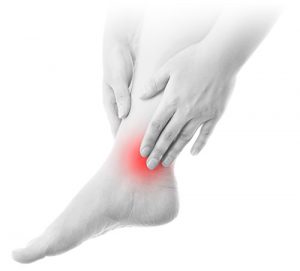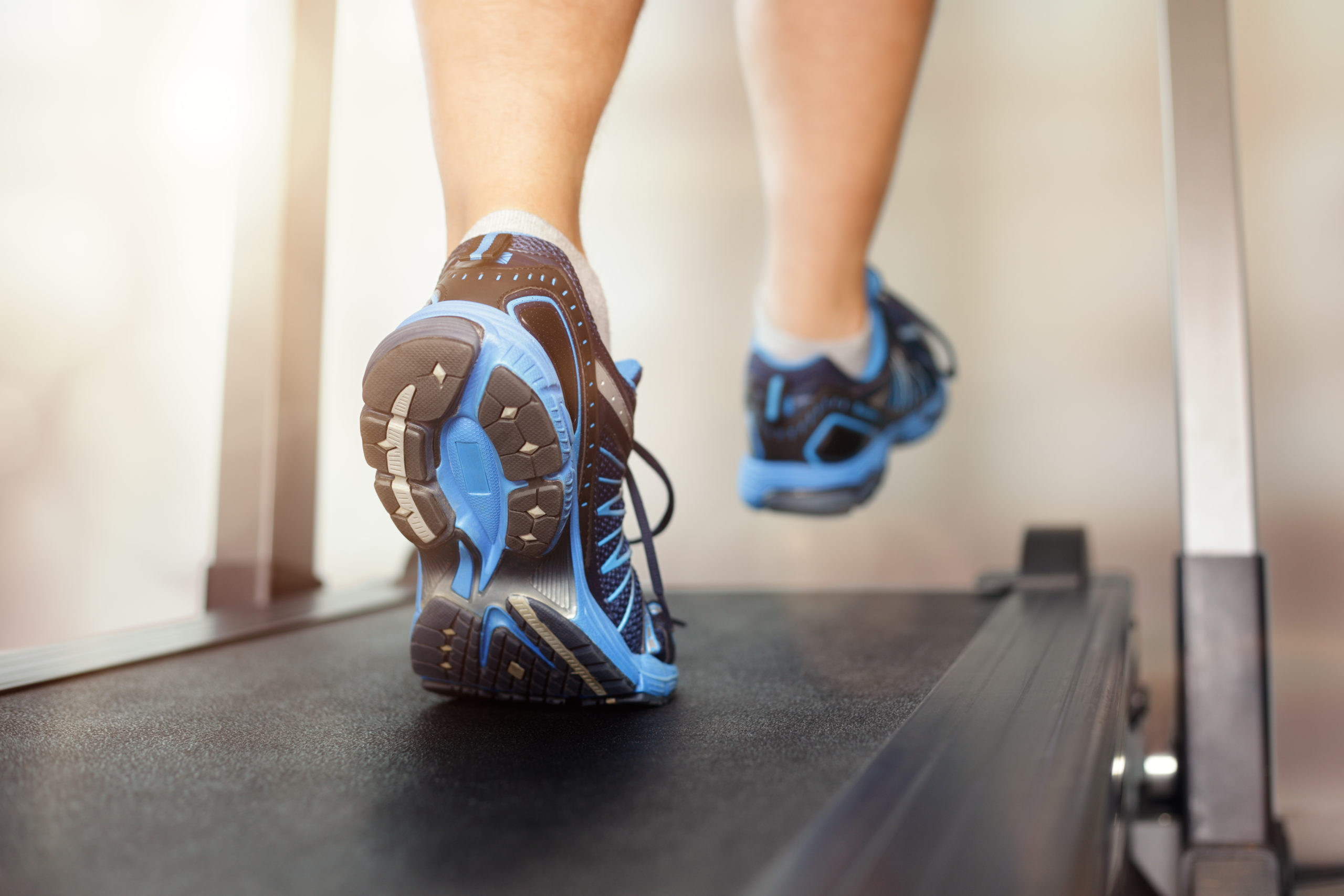
Healthy Feet.
Better Lives.
How you move, how you feel, how you live, comes down to your feet. That’s why at My FootDr, we believe that healthy feet can lead to a better quality of life.
Don’t let heel pain hold you back! If heel pain is impacting how you move, how you feel and how you live then get help from our podiatrists.
From children to professional sports athletes, our custom-made foot orthotics help improve the foot’s position and function.
Here are five healthy feet tips for carers to remember when looking after people with diabetes.
Fungal toenails effects 10% of the population. Treat fungal nail once and for all with our laser treatment.



